Developing a PPE Program: There are procedures and processes that must be followed in order to successfully meet applicable requirements and build a PPE programme that is cost-effective and decreases the risk of injury.
Managers, supervisors, and employees should collaborate to carry out the following processes in order to establish your PPE programme:
Conducting a Workplace Safety Survey: Conducting a workplace safety survey is an exercise in identifying risks and hazards, allowing you to implement controls and select appropriate PPE.

Your management, supervisory, and labour teams must:
Inspect the site: Look for physical hazards such as exposed cables and obstructed walkways or places across your worksite. If the site is indoors, make sure there are fire extinguishers and properly marked emergency exits. If the site is outside, make sure there is signage warning people of the danger.
Examine the following materials: List the materials that employees interact with or are exposed to, which can assist you in identifying threats and how to mitigate them. Chemicals, for example, may need the usage of respirators.
Employees should be observed: Take the time to observe how staff work to ensure they are not doing anything that could cause injury. For instance, incorrect tool handling technique.
Speak with your employees: In order to determine how safe they feel on a daily basis, ask them questions. Make a note of specific worries and ask follow-up questions to identify why they feel threatened.
You will be able to complete the next steps in developing a PPE programme based on the survey results and insights.
Choosing Appropriate Controls: For each danger identified, implement a pre-contact or point-of-contact control.
A pre-contact control’s purpose is to keep workers from approaching the hazard, and vice versa.
This may entail removing the hazard in question. You can accomplish this by, for example, replacing ageing machinery or devising a new technique to complete a task. You can also use machine guards or isolation strategies to keep the hazard at bay. Another requirement is to warn personnel of potential dangers by introducing updated signage.
A point-of-contact control’s purpose is to prevent or lessen damage from a hazard when a worker comes into contact with it.
Because point-of-contact controls do not remove the hazard, they should be used only when pre-contact controls are insufficient. Or perhaps you simply want an extra layer of security.
PPE is the most common type of point-of-contact control.
Choosing Appropriate PPE: The PPE you choose must guard against the workplace dangers and hazards that you identified, functioning as a last option, backup measure, or temporary policy to prevent injuries.
Assume you discovered the potential of debris falling on workers.
If you can’t keep debris from falling, hardhats can serve as a last line of defence.
Wearing hardhats might serve as a backup or temporary measure if you’ve installed or are implementing an effective control method.
In the following part, this tutorial discusses in detail how to choose PPE for such objectives.
Fitting:
Keep in mind that the efficiency of most equipment is determined in part by how well it fits the worker. Leg protectors, for example, that are too long can restrict the wearer’s mobility. Workers may also choose not to wear safety boots if they are too small.
This is why you must take each worker’s measurements and cross-reference the results with the sizing charts provided by PPE manufacturers.
Training is an important aspect of formalising any PPE programme. Workers and their bosses, after all, must learn how to protect themselves and operate their new equipment.
Training must be tailored to the unique dangers and equipment.
What PPE is for: Employees should not regard PPE solely as a manager-mandated accessory. Otherwise, they may not comprehend why they are being used. Explain each piece’s precise function, including the workplace hazards it protects against.
When and how to wear PPE: Simply discussing the use of PPE is typically insufficient. Instead, show how to apply each element in various contexts. Then, have workers try on the components to see how they should fit.
How to Spot Issues: Inform workers on how to identify shortcomings in PPE to avoid them from wearing inefficient PPE. Helmets with cracks, for example, must be repaired or replaced.
Whether you do group or individual training sessions, ensure that new and veteran staff are well-versed with your workplace’s policies and equipment.
Audits of Programs: Many workplaces conduct annual audits of their PPE and general safety programmes, but you may want to go through particularly risky or crucial elements more regularly.
Audits typically involve evaluating personal protective equipment (PPE) and monitoring personnel to ensure they are following protocols.
You should also go over the operations themselves, looking for possibilities to add hazard controls or supply more equipment.
Measure safety-related numbers to assess the effectiveness of your programme. This can be accomplished by keeping note of near-accidents, injuries, and the severity of these injuries.
Check to see if these figures are decreasing year after year. If not, you may need to make software adjustments.
Finally, here are some final thoughts on this PPE guide:
Reading and referring to the entire document will assist you in developing, implementing, and refining a cost-effective PPE programme that protects your workers and colleagues.
Furthermore, by downloading the checklist, you will be able to select the PPE that is best suited to keeping your staff safe from work site threats.
You’ll have a happier and more productive workplace with safe staff.


